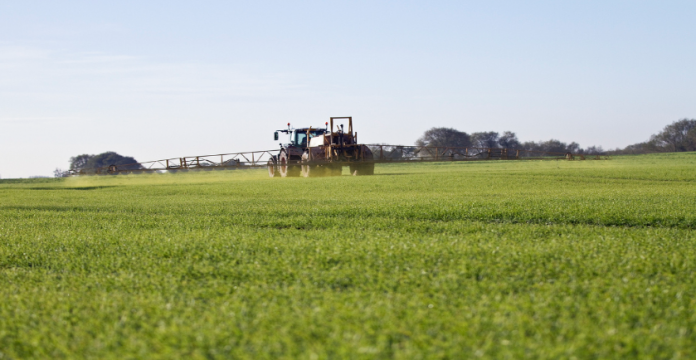
You might want to hold off on eating some of the most popular cereal and snack foods. A food safety testing laboratory registered with the U.S. Food and Drug Administration (FDA) found extremely high levels of the herbicide glyphosate in popular American foods. The popular foods tested for glyphosate measured between 289.47 parts per billion (ppb) and as much as 1,125.3 ppb. New research shows that glyphosate can cause liver and kidney damage in rats at just 0.05 ppb.
Read about glyphosate in breast milk
One of the most popular cereals, Original Cheerios had measured levels as high as 1,125 ppb. General Mills states on the box of Original Cheerios that the cereal is “not made with genetically modified ingredients.” The glyphosate residue found in the cereal is due to pre-harvest spraying, according to the report. Other products commonly consumed such as Oreos, Doritos, and Ritz Crackers also had high levels of the herbicide. The findings are compiled in a report by Food Democracy Now and the Detox Project. Anresco Laboratories in San Francisco conducted the testing.
Glyphosate is the most widely used chemical weedkiller in food and agricultural production. The reason is that genetically modified (GMO) crops have been widely adopted and are now grown on over 175 million acres in the U.S. and over 440 million acres globally. Glyphosate is the main active ingredient in Roundup, Monsanto’s best selling herbicide. Over 300 million pounds of glyphosate based herbicides are sprayed on crops, lawns, and home gardens across the U.S.
Americans are widely exposed to glyphosate through GMO crops such as corn and soy. Most soybeans (93 percent) and corn (89 percent) are genetically modified to be Roundup Ready or glyphosate tolerant. People are exposed to glyphosate through refined sugars like high fructose corn syrup or beet sugar. They are also exposed through oils, vitamins, and binding agents. Ingredients from corn and soy are in 75 to 80 percent of the processed foods sold in grocery stores. Round-up is used as a pre-harvest drying agent in certain crops such as wheat, oats and barley.
The International Agency for Research on Cancer (IARC), the cancer agency of the World Health Organization, labeled glyphosate as being “probably carcinogenic” to humans in 2015. That same year, California announced it intends to list the herbicide as known to cause cancer under the Safe Drinking Water and Toxic Enforcement Act of 1986 (Proposition 65). Monsanto filed a lawsuit to stop California in early 2016.
Consumers who want to reduce glyphosate exposure need to adopt an organic diet. GMOs and Roundup are both prohibited from organic agriculture production. As the report states, “the simplest way to avoid glyphosate contamination in food and to reduce exposures to synthetic pesticides is to eat organic food.” A 2014 study found that families who ate an organic diet for just one week removed over 90 percent of the pesticides from their system.
Please tell the EPA to investigate the real harms from Monsanto's weedkiller glyphosate and release all the scientific data submitted for safety approvals to the public. For more information and to take action here make sure to sign the letter to the EPA.
Read more about the scary effects of Roundup exposure




